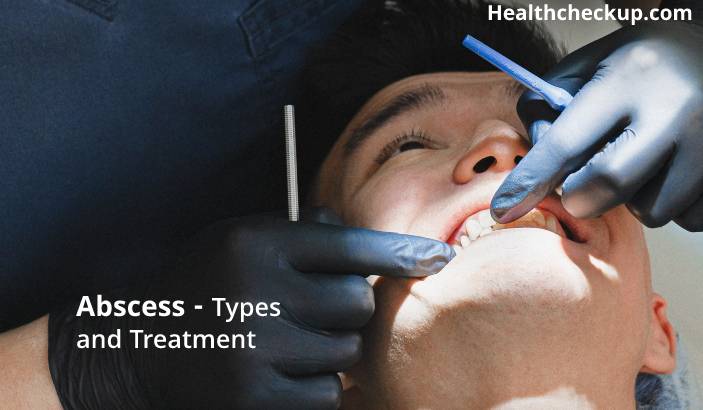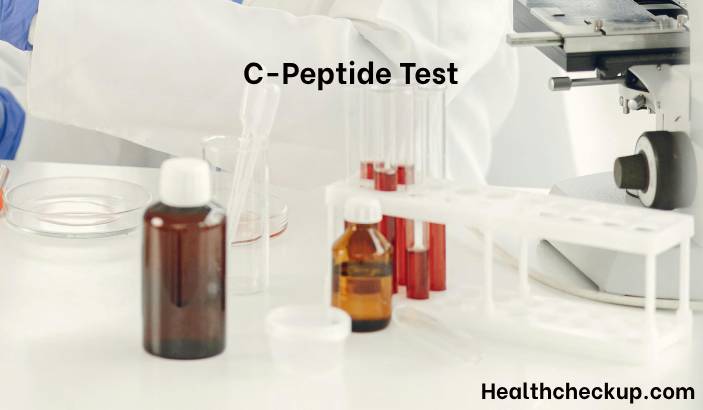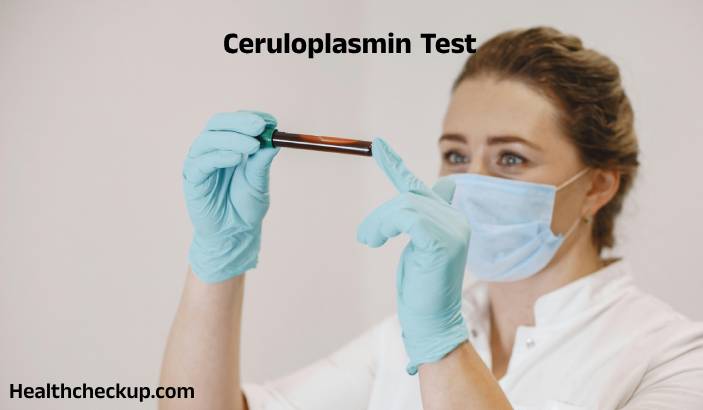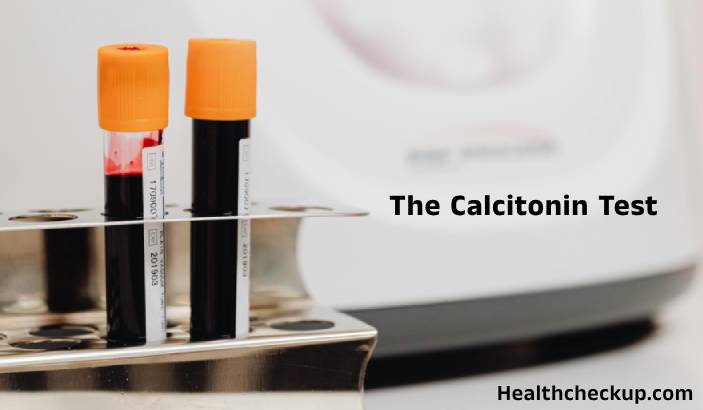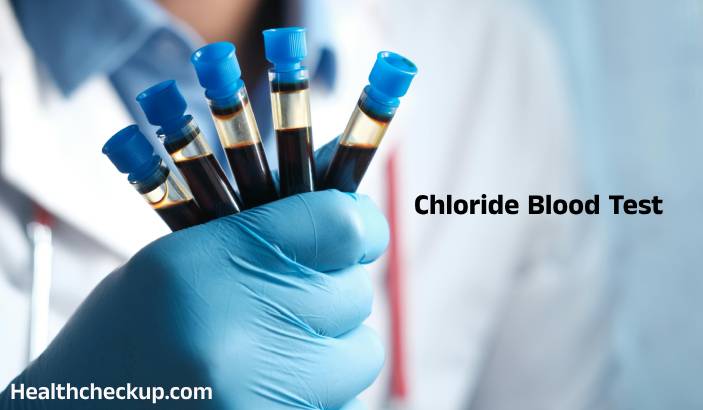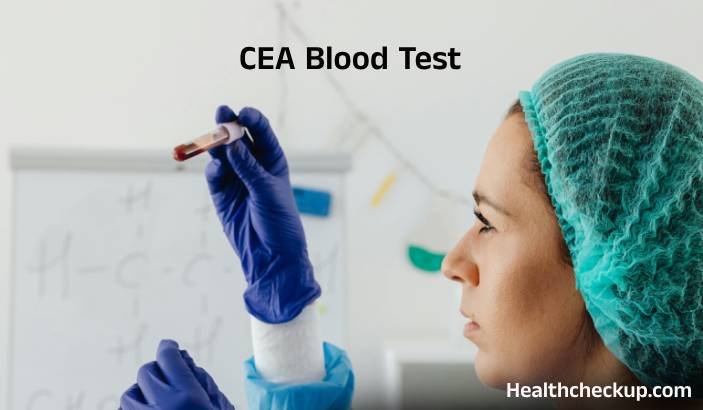An abscess is a collection of pus that forms under the skin or within tissues of the body. It is a common condition that can occur anywhere in the body and can be caused by a variety of factors, including infection, injury, or foreign objects. Abscesses can be painful and uncomfortable, and if left untreated, they can lead to serious complications. In this article, we will discuss the warning signs of abscesses, the different types of abscesses, and their treatments.
Types of Abscesses
- Skin abscesses: These are the most common type of abscess and occur when bacteria enter a hair follicle or skin pore, causing a painful, red, and swollen bump on the skin. Skin abscesses can occur anywhere on the body and are often filled with pus.
- Dental abscesses: These occur in the teeth or gums and can be caused by a bacterial infection, tooth decay, or injury. Symptoms of a dental abscess include severe toothache, fever, and swelling in the face or jaw.
- Internal abscesses: These occur inside the body and can be caused by an infection in an organ or tissue. Symptoms of an internal abscess may include fever, pain, and swelling in the affected area.
Abscess Warning Signs
The warning signs of an abscess include:
- Pain: Abscesses can be painful, and the pain may become more severe over time.
- Swelling: Abscesses often cause swelling in the affected area, which may be red and tender to the touch.
- Fever: If the abscess is accompanied by a fever, it may be a sign that the infection has spread.
- Pus: If the abscess is filled with pus, it may need to be drained to prevent the infection from spreading.
Abscess Treatment
The treatment for an abscess depends on its location and severity. In many cases, a small abscess can be treated with antibiotics and pain relievers. However, if the abscess is large or has not responded to antibiotics, it may need to be drained.
Drainage of an abscess is typically done in a doctor’s office or clinic. The area around the abscess is numbed with a local anesthetic, and a small incision is made to allow the pus to drain. In some cases, a small drainage tube may be left in place for a few days to help the abscess continue to drain.
Abscess Home Remedies
While home remedies cannot replace medical treatment for an abscess, they can help reduce symptoms and promote healing. Here are a few home remedies that may help:
- Warm compress: Applying a warm compress to the affected area can help reduce pain and swelling.
- Epsom salt bath: Soaking in a warm bath with Epsom salt can help draw out the infection and promote healing.
- Tea tree oil: Applying tea tree oil to the affected area may help reduce inflammation and fight infection.
- Turmeric: Taking turmeric supplements or adding turmeric to your diet may help reduce inflammation and promote healing.
Conclusion
abscesses are a common condition that can be caused by a variety of factors. The warning signs of an abscess include pain, swelling, fever, and pus. Treatment for an abscess depends on its location and severity and may include antibiotics or drainage. While home remedies cannot replace medical treatment, they can help reduce symptoms and promote healing.


